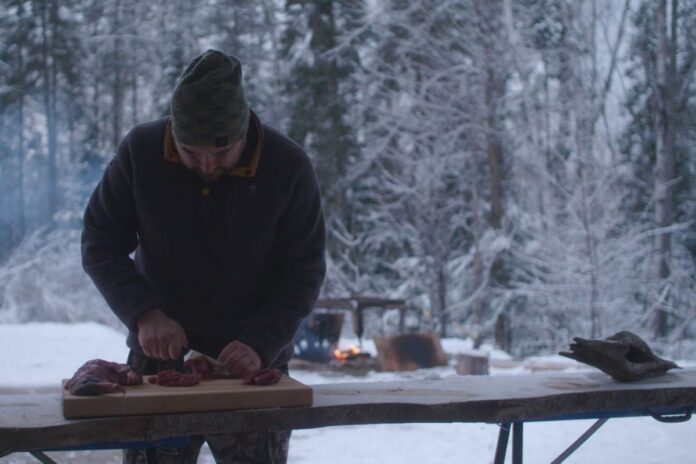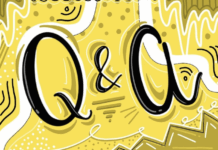
My Indian Name explores the profound impact of removing traditional names from Indigenous people, highlighting their struggles to find their identities without them.
The 42-minute documentary from 2022 is playing at the Digital Arts Resource Centre in downtown Ottawa from Sept. 30, National Day for Truth and Reconciliation, to Oct. 4.
The short documentary has been featured at several festivals in Canada since its release and was even nominated for Best Social/Political Documentary at the 2023 Canadian Screen Awards.
The project had a budget of close to $200,000, with funding from federal and provincial agencies, as well as the Aboriginal Peoples Television Network.
The filmmakers interviewed various individuals, including a Kitigan Zibi elder, a residential school survivor and a young high school teacher determined to reclaim his lost surname.
Directed by Indigenous filmmaker Abraham Côté, the documentary combines personal interviews from the participants with live-action reenactments of significant moments in their lives.
The short film also features public engagement. At one point, the filmmakers venture into the streets of Ottawa, engaging with everyday citizens to inquire whether they can list off any traditional Indigenous names.
The responses varied from names like “Anderson” to “Girard,” highlighting a significant gap in cultural awareness.
This clear lack of knowledge serves as a stark reminder of the alarming effectiveness of the federal government’s efforts to erase original Indigenous names and identities over the years through the Indian Act, the residential school system and the Sixties Scoop.
Today, this erasure continues on a lesser scale through the underrepresentation of Indigenous history in school curriculums.
“When you hear names like Stevens or McGregor, which often reflect Scottish or Irish heritage… that’s the image that you think of typically,” Algonquin psychologist Vanessa Stevens says in the documentary. “But Indigenous people were also forced to have those names, not just because they were easier to say but because it was a form of assimilation.”
Stevens noted that her grandmother was assigned a last name as a substitute for her original Indigenous name.
My Indian Name also features an attention-grabbing soundtrack of powerful, chill-inducing Indigenous music, featuring drums, flutes and throat singing. It’s paired with stunning wilderness cinematography, crafting a powerful fusion of tradition and the natural world.
The documentary culminates with First Nations children proudly sharing their Indigenous names and their meanings, a poignant gesture that ensures these original names will be cherished and passed onto future generations.
This conclusion stands in stark contrast to the beginning, when older Indigenous men reflect on their replacement names and reveal their original names. By the end, the children are identified solely by their Indigenous names, illustrating a major cultural revival and growth over time.
Overall, My Indian Name provides a valuable glimpse into the cultural assimilation experienced by Indigenous peoples in Canada at the hands of the federal government.
While it may not be an in-depth analysis, the documentary is a quick and worthwhile watch that will offer viewers crucial insights they may not have encountered before.
Featured image by IMDb.





